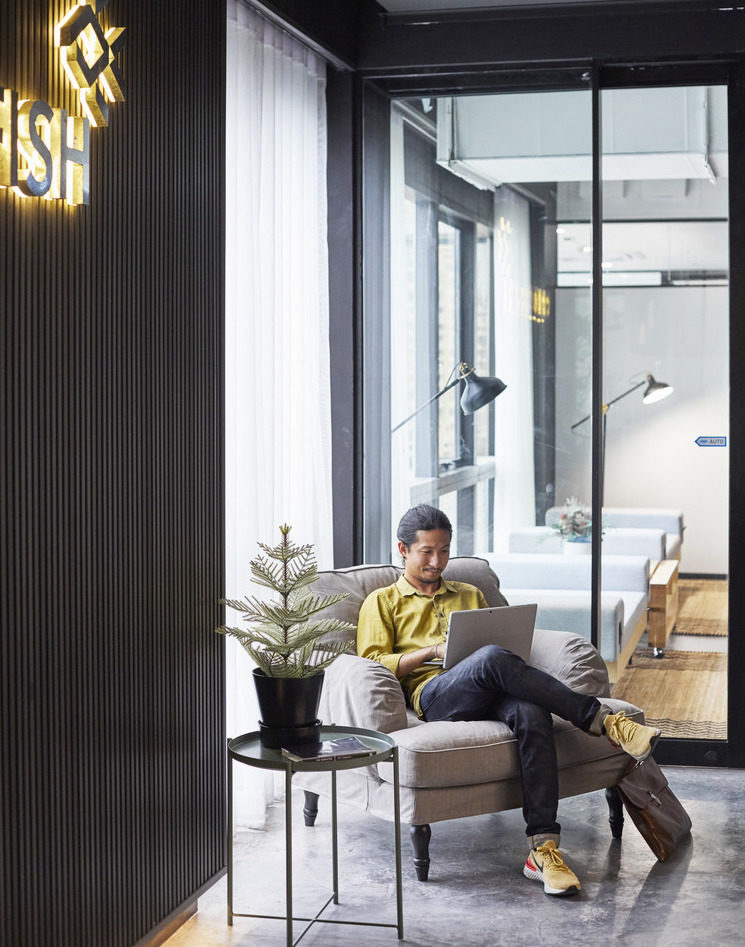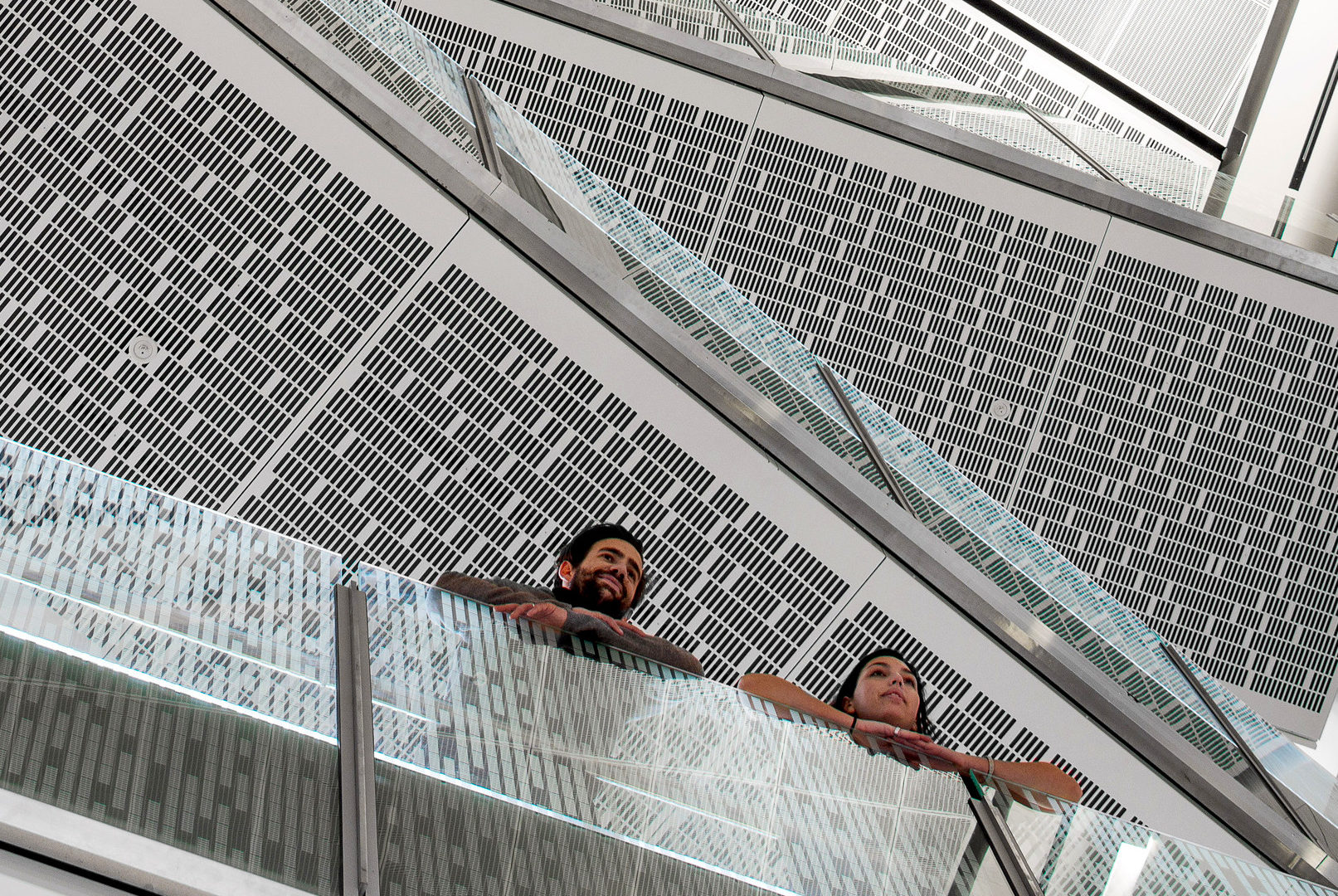Education: Digital by Design
‘We build our buildings and then they shape us’ Winston Churchill.
‘Learning environment’ was a bit of a relative term at school back in the day.
Ms McGlinchy smelled of burnt bras and voraciously smoked ‘fags’ in the schoolyard at playtime. Our wooden desks resolutely faced the front as white chalk screeched across the blackboard. She shouted with nicotine stained vocal chords, about the dangers of global warming before ‘sustainability’ was a word.
Today however, (thank God) an innovative learning environment is an actual thing. It includes ‘the physical, social, and pedagogical context in which learning occurs’. Classrooms support ‘strengths-based teaching and learning’ while kids still swing on the monkey bars. Students (and teachers) have ‘flexibility and (nicotine free) connectedness’.
As you might suspect; there are many different factors to creating an innovative learning environment steeped in reflection and enquiry. But technology is, unsurprisingly, at the centre of collaboration and also the controversy.
It goes without saying there are many software programs and digital methods of interaction to assist students with the problem solving needed to meet desired learning outcomes. But fear is in the whispered question… what about human interaction? It may be relatively easy to fall into the trap of thinking technology is the answer to all our educational needs. But it must be properly curated.
We need to take a step back and ask what we are doing to ensure we are educating compassionate well-developed humans. The NSW Department of Education recently commissioned a consortium of University of Sydney academics to consider the key implications for school education of artificial intelligence and other emerging technologies*. And the first issue they highlighted was: “What types of pupils are we developing: highly flexible labour or flourishing productive citizens?”
If it is properly mapped against desired learning outcomes and curriculum imperatives, technology is never going to replace human interaction. The whole aim of digital engagement should be to enhance learning. To offer deeper and richer learning experiences, not to replace traditional face to face engagement.
So where does the digital context begin? For architects, the aim is to create a physical infrastructure that enables technological engagement. To design a digitised educational space upon the foundation of yesterday’s chalk dust, in which smartphones, virtual and augmented reality are a part of the learning landscape.
David Clarke, Education Sector Leader at dwp says: “Architects are no longer people who draw spaces and choose brick colours. We are trusted partners in the journey to a result that matches an organization’s aspirations. We need to be having deep conversations with our clients about what they are trying to do. And that means entering the ‘smartphone in schools’ debate, talking about technology and all the issues that impact the educator’s desired outcomes. Because at the end of the day the right architectural solutions occur from powerful engagement.”
Had the internet been around back in the day, I’m betting my whitebread vegemite sandwiches that Ms McGlinchy and her band of activated 10 year olds would have the potential to prevent the melting of polar ice caps. It is exciting to think of what latent powers lie smoking in the hands of today’s children and their innovative learning environments.
*NSW Department of Education Future Frontiers Analytical Report: Preparing for the best and worst of times; The University of Sydney – Sydney Policy Lab 2018
.
Tags: Abu dhabi, Agile workspace, Archi, Architect, Architecture, Artist, Asia, Bangkok, Bar, BIM, Blessing, Blog, Boutique, Business, Civic, Construction, Content, Creativity, Culture, Debate, Design, Designer, Digital, Digital technology, Digital transformation, Digitisation, Drama, Drink, Dubai, Education, Email, Experience, F&B, Food, Future, Health, Healthcare, Hicap, Ho chi minh, Hong kong, Hospital, Hospitality, Hotel, Hotel design, Human, Information, Innovation, Interior, Interior design, Interior designer, Interview, Knowledge, Lebua, Lifestyle, Luxury, Luxury design, Luxury interior, Marriott, Mindful, News, Newsletter, Phone, Profile, Profit, Psychology, Residential, Restaurant, Romance, Saigon, School, Signage, Sky, Smartphone, Smartphones, Social media, Social psychology, Sport + Leisure, Studio, Success, Sustainibility, Tech, Technology, Thailand, Trends, Video, Vietnam, W hotel, Wayfinding, Wellbeing, Women












